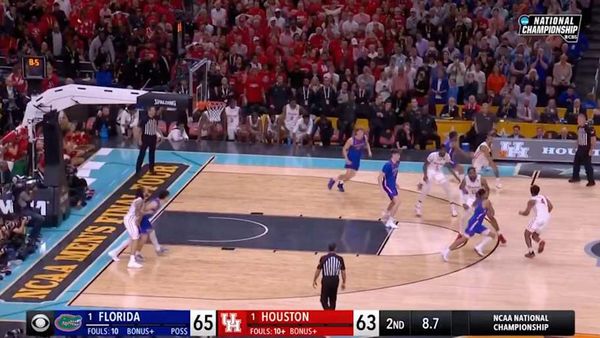
The newly reconfigured Atlanta Motor Speedway promises to put on a show similar to what fans would see at a superspeedway, rather than an intermediate track.
Atlanta was last reconfigured in 1997, changing to a quad-oval format that measured 1.54 miles. Although it retains the same length, the banking of its turns have been increased from 24 degrees to 28 degrees and the track has been narrowed from 55-feet wide to 40-feet wide – all covered in fresh asphalt.
The goal of the reconstruction is encourage the kind of pack-style racing seen at NASCAR’s high-banked giants of Daytona and Talladega.
“Atlanta is going to be crazy,” said Busch. “It literally got a facelift with a whole new track surface and layout and everything.
“It’s going to be a different race than what we’ve had there in years past, where you have the old asphalt and really have fast lap times to fire off, and then you have a lot of fall-off where lap times go down throughout the run. That led to having some guys come up through the field and others drop through the field, whether or not they are fast early in the run or slow late in the run, or vice versa.
“This time around, it’s going to be more like a Daytona or Talladega speedway race. You are going to see a lot of pack racing with some guys two-wide and maybe three-wide, and we’ll have to see how wide the track gets in the time we have on it.
“Really paying attention and watching some of the Truck Series and Xfinity Series racing earlier in the weekend. It’s going to be helpful to see what we’ll have for Sunday.”

Ford’s Kevin Harvick was the acknowledged master of the old Atlanta layout among the current crop of drivers. The three-time Cup winner here believes that the revamp fits well with the new Next Gen car that NASCAR has switched to in 2022.
“As a driver, there was nothing better than the Atlanta Motor Speedway and its old asphalt,” said Harvick. “Now it’s a new racetrack, and it’s obviously going to be different. But a lot of things this year are different, so it fits right into the theme.
“We have some actual practice, so that’s a good thing. It’s another element that you have to add in there with the grip level of the racetrack and the new asphalt and everything that comes with that, and where to run on the racetrack. So, you have things that are just going to chew up time on practice day as far as learning what you need to do from the driver’s seat, and that progression of the racetrack definitely affects the handling of the racecar.
“There are just so many challenges in the beginning of the year with new racetracks and new cars and logistics and you just have to be very open-minded. You have to take it one step at a time and not get too frustrated with everything that’s going to be going on.”







